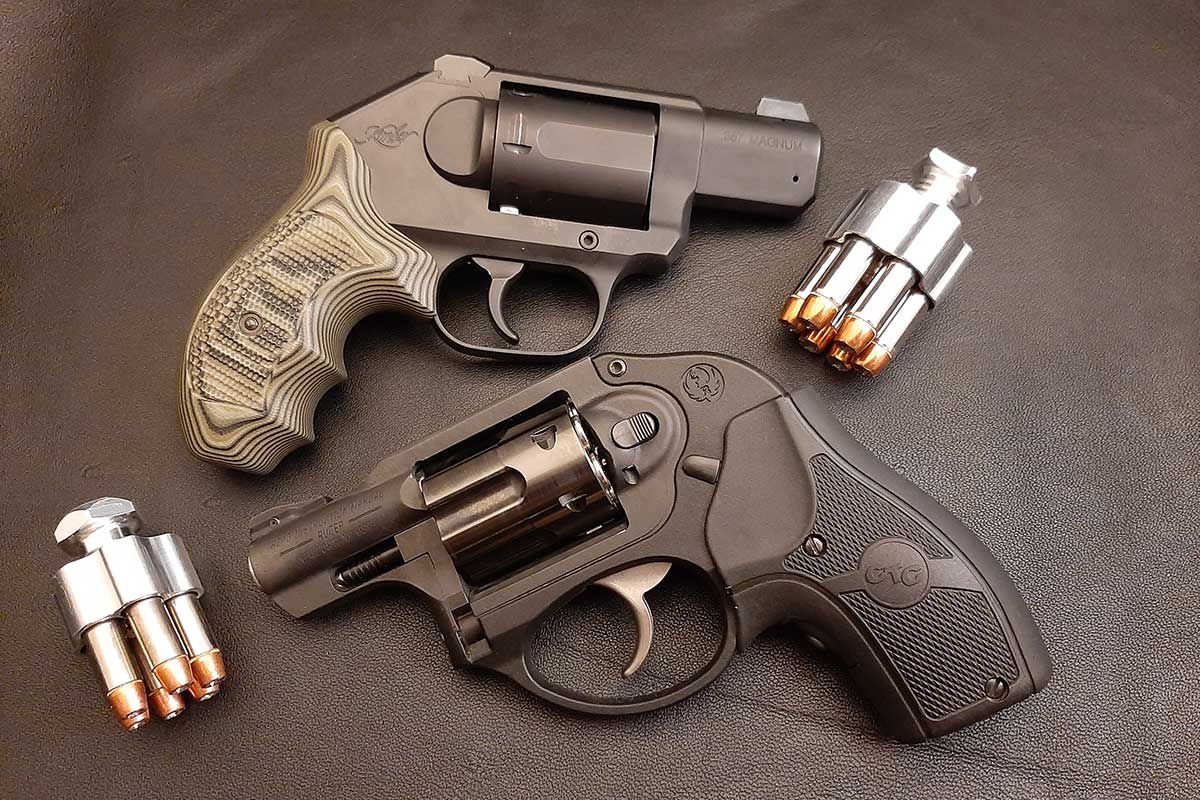
AC-032222-KimberRuger_201438-800
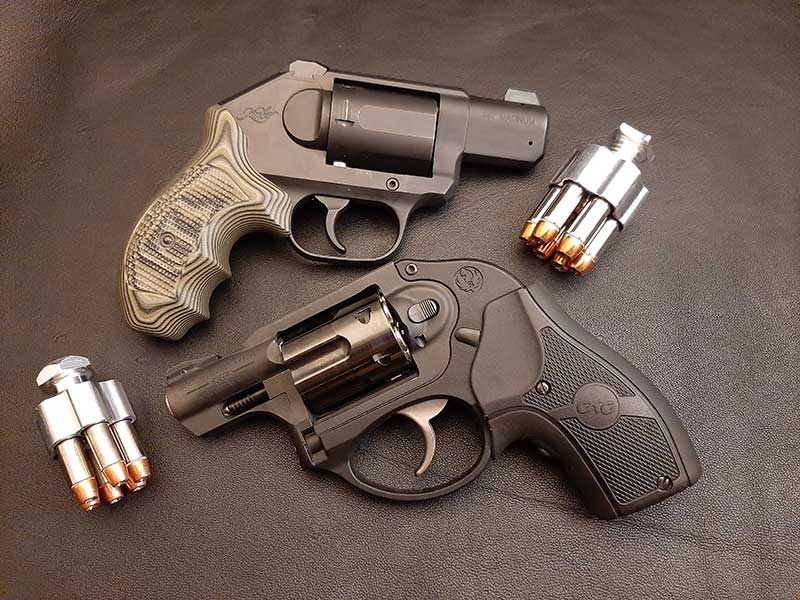
Kimber’s .357 K6 and Ruger’s .327 LCR give you another round and weigh more than the alloy guns- not a bad thing if you shoot them a lot.
Cameras are everywhere in modern society- convenience stores, parking lots, residences, and everywhere cops go. If there’s an upside to this, it’s the footage from which we can extract valuable knowledge. There are scores of gunfights on video to learn from and use as training tools. These events reveal that stoppages in semiautomatic pistols are more prevalent in the real world than on the range. This is particularly so when people start their fight behind the eight ball and are drawing under fire. Pistols work well when fired from a textbook two-handed grip. They function less reliably from a rapidly acquired or fouled grip. Contact distance encounters, drawing from concealment, and shooting one-handed increase the likelihood that semiautos will choke.

Experiencing a double feed during a close-in fight is a real concern. If you carry a semi auto, be prepared for it.
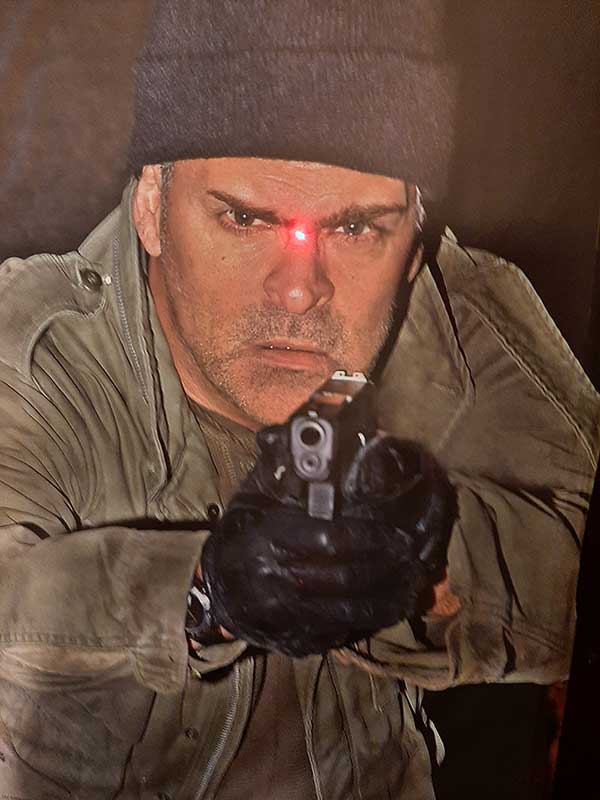
Laser Grips are helpful for fast shooting and firing from compromised positions- especially in low light.
Greg Ellifritz shared a video on his Active Response Training site of an officer-involved shooting in an Ohio hospital a while back. Two officers searching a man prior to handcuffing him for transport discover he’s hiding a small gun in his crotch area. The suspect accesses the handgun and fires a shot in the ensuing struggle. One of the officers draws and fires a shot as his pistol leaves the holster and immediately suffers a failure to extract stoppage. It takes him 14 seconds to clear it while his partner fights with the suspect.
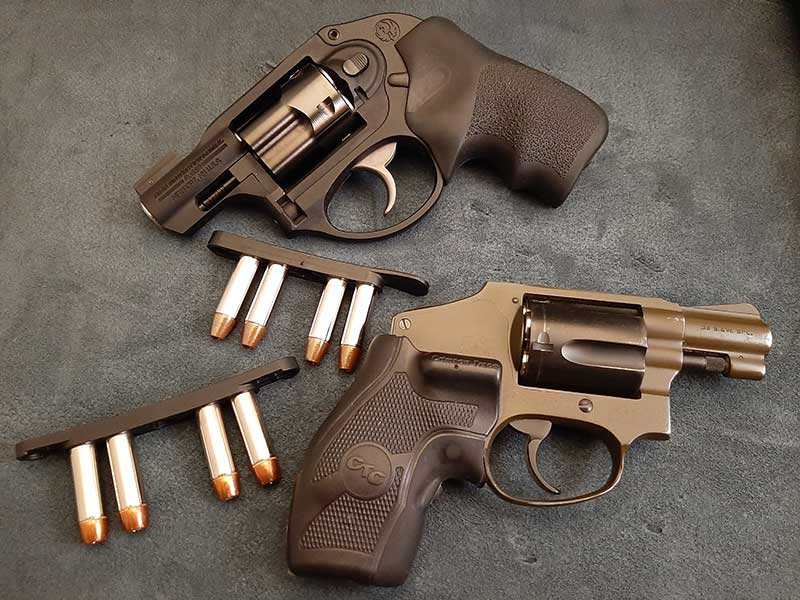
Five shot .38’s like the Ruger LCR and S&W 442 pictured here are “bare minimum” guns. That applies to the weight, the capacity, and the sights.
John Correia from Active Self Protection featured a video recently showing a convenience store robbery. A guy threatens the clerk with a rifle. The clerk draws a pistol as the robber looks away to check for witnesses. The clerk fires at the suspect from about 3 feet as he pushes his pistol towards the robber’s face. His support hand is behind the slide as the clerk fires, resulting in what appears to be a failure to eject stoppage. The shot misses; thankfully, the robber flees.

Carrying a full-size gun is a full-size commitment. If your 1911 is often in the car, a small revolver might be a better choice.
These encounters highlight a need to train malfunction clearances religiously. They also validate the carry of revolvers for defensive everyday carry. I’m not suggesting that departments trade their duty semiautos for revolvers, but they’re worth a serious look as off-duty guns or for citizens carrying concealed. In this application, the small revolver is hard to beat. The shape of the grip conceals better than the sharp angles of most semiautos. The size and weight (11-23 ounces) of J frame class revolvers make them easier to carry all day. This makes them more likely to be on your person when needed. Most people will confess to occasionally using their car for a holster with their full-size handgun because they get uncomfortable and heavier as the hours’ pass.

The long heavy triggers of DAO revolvers like the Kimber give an extra margin of safety over striker fired guns without mechanical safeties like the SIG 365XL and the S&W Shield pictured below it.
DAO revolvers with internal hammers (Ruger LCR, S&W Centennial, Kimber K6) are about the safest guns to carry concealed due to the long heavy trigger. They give a comforting extra margin of safety over a striker-fired auto with no mechanical safety while drawing and holstering in an adrenaline dump. The cylinder width creates a space that combines with the grip shape to make them easier to grasp from concealment than a pancake flat auto. Once in hand, they are harder to take away from you than a big gun in a contact distance melee. If necessary, you can shoot them from a pocket without fouling. There’s no magazine to inadvertently fall out, no slide to be pushed out of battery.
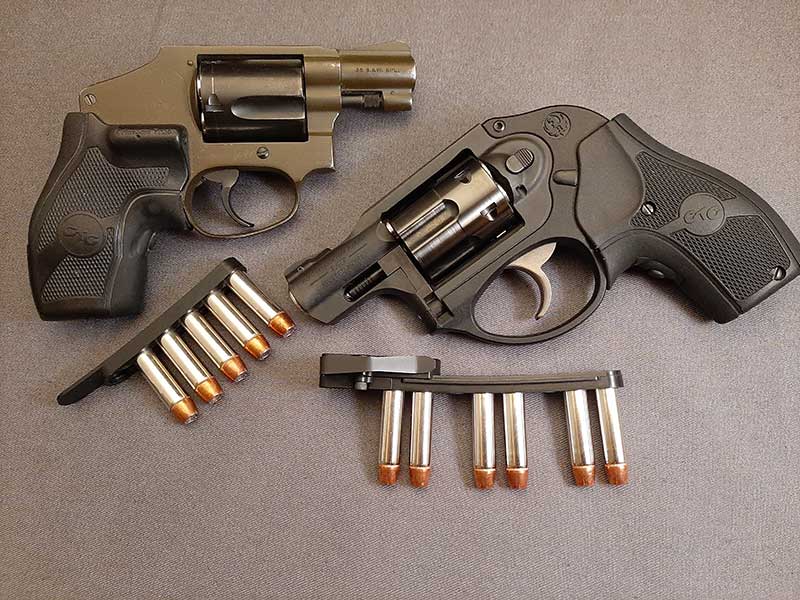
A five shot .38 J frame or a six shot Ruger LCR (.327 Federal Magnum) is a gun you can always carry. Crimson Trace laser grips make sense on these little guns.
Fire discipline is a legitimate concern when your handgun only holds five or six rounds. Revolvers (especially small ones) are slower to reload than semiautos. A shooter can mitigate that limitation and improve their skills through continued dry practice. You can spend live-fire time maximizing shot placement. Another disadvantage of these guns is that the sights generally suck- with few exceptions like Kimber’s K6 or S&W’s Pro Series 640. Crimson Trace Laser Grips are an option, particularly so in low light. They allow for target focus and will be viable for those using red dot optics on their pistols.

S&W’s (non-Pro Series) 640 sports the mediocre sights that these little guns are known for. It’s still a solid choice because it works when needed and can be carried 24/7.
Semiautos will stand up to abuse better than revolvers. They function longer without cleaning than a revolver will. There are reasons why veteran revolver shooters carry cleaning gear on them during range days. A well-maintained revolver with quality ammunition can be counted on to work when it must. That’s not a slam against semiautos, just a nod to small DAO revolvers in that context: a dependable gun to get you out of trouble that you can carry all day long. “Six for sure” was an oft-repeated mantra by old-timers in the 80’s who were resisting the change to semiautos. It was a well-earned compliment to the reliability of revolvers that still applies today.














